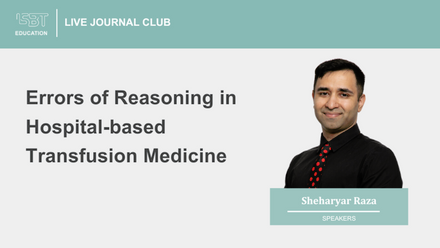2021 Clinical Practice Guidelines for Anesthesiologists on Patient Blood Management in Cardiac Surgery
J Cardiothorac Vasc Anesth . 2021 Dec;35(12):3493-3495. doi: 10.1053/j.jvca.2021.09.032. Epub 2021 Sep 24.
Jiapeng Huang, Scott Firestone, Susan Moffatt-Bruce, Pierre Tibi, Linda Shore-Lesserson
Introduction
THE COLLABORATION of the Society of Thoracic Surgeons (STS), Society of Cardiovascular Anesthesiologists (SCA), the American Society of ExtraCorporeal Technology (AmSECT), and the Society for the Advancement of Patient Blood Management (SABM) produced the updated 2021 Clinical Practice Guidelines on Patient Blood Management in Cardiac Surgery in the September 2021 issue of JCVA.1 This new guideline provides the most comprehensive recommendations to date and encompasses the time period from preoperative interventions, including management of antiplatelet and anticoagulant medication, to postoperative blood and fluid management. Recommendations cover the perioperative administration of pharmacologic agents, blood products and derivatives, as well as perfusion interventions, blood salvage techniques, and the use of transfusion algorithms, with an eye toward resource management in cardiac surgery. Patient blood management focuses on managing anemia, optimizing coagulation, interdisciplinary blood conservation modalities, and patient-centered decision-making, in order to achieve improved patient outcomes. In many aspects, cardiac anesthesiologists are involved directly and ideally positioned to take on leadership roles to ensure compliance and success. Pertinent key points are highlighted in Figure 1. The following narrative summarizes the key points from the current Guidelines that are either new or modified from the 2011 publication, or are unchanged but felt to be high priority patient blood management activities.



















